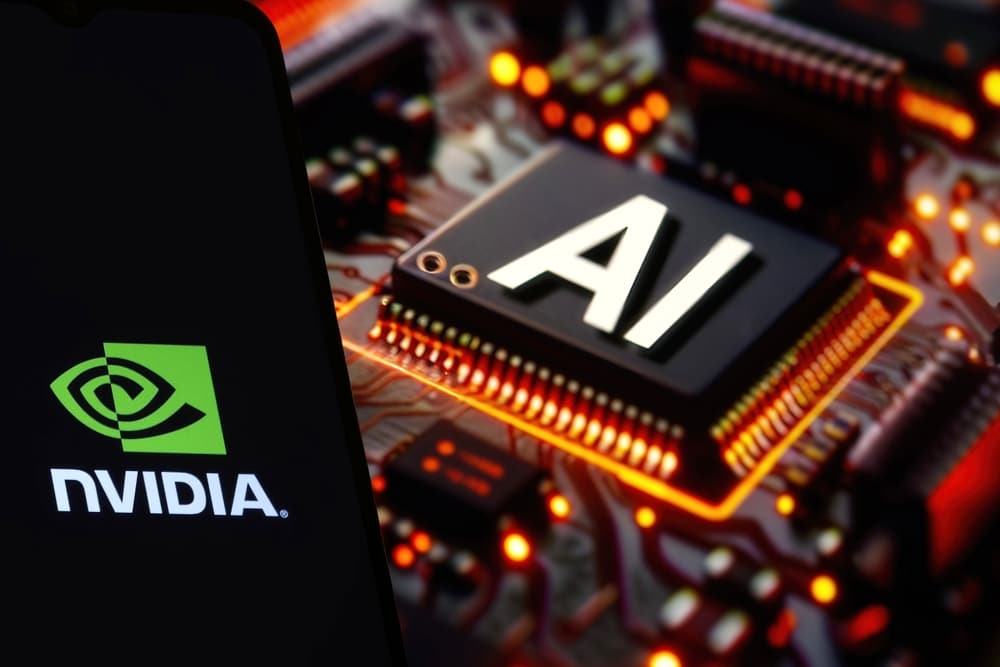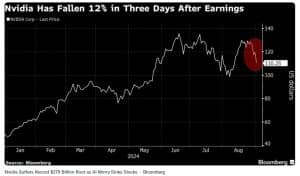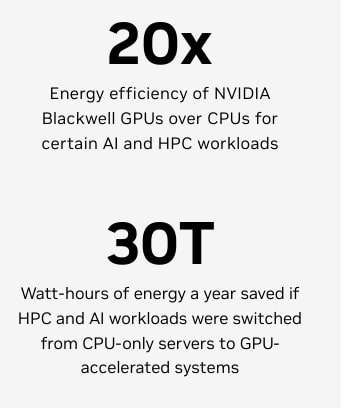On September 3, NVIDIA faced a shocking $279 billion market cap loss in a single trading day. As concerns over artificial intelligence growth mounted and fears of a U.S. antitrust probe emerged, the chip maker’s stock plummeted by 9.5%. This marked the biggest single-day value loss for a U.S. company in history. While Nvidia’s position as a market leader remains intact, the massive sell-off has prompted deeper questions about AI’s future and stock market volatility.
Inside the Shocking Drop in Nvidia’s Stock Value
NVIDIA’s fall wasn’t just a random market fluctuation, rather it was driven by several key events. Analysts issued warnings that the AI boom might be overstated, sparking fears that its recent stock surge was unsustainable.
Additionally, Bloomberg highlighted the U.S. Department of Justice’s antitrust investigation fueled further concern, leading investors to sell off shares. It also explained that the DOJ probe is still in its early stages, and no formal complaint has been filed yet. The agency is investigating whether Nvidia creates barriers that make it more difficult for customers to switch to other AI chip suppliers.
Bloomberg has thrown light on another reason. Well, the broader market sentiment also played a role in the massive share plummet. Economic uncertainty in China, sluggish U.S. manufacturing data, and inflation worries contributed to a risk-averse environment. Investors, already cautious, were quick to react to the company’s potential regulatory challenges.
MOST RECENT: NVIDIA Crushes Q2 and Cuts Emissions but Shares Still Slide
AI Rise and Returns, What Investors Are Talking About?
This dramatic decline has sparked considerable skepticism around AI. We discovered from media reports that leading financial analysts like JPMorgan and BlackRock suggest that the AI hype may have reached its peak. It’s a paradox because even though the tech giants survive on AI, they fear real returns from AI investment could take years.
This reality check has forced investors to reevaluate the lofty valuations that have driven tech stocks to near-record levels. Nvidia’s recent earnings report, which failed to meet sky-high expectations, only added to the sense that AI may not deliver quick profits.
However, the stock market is a fickle place, and this record-breaking fall has left a lasting impact. As AI develops, it’s clear that companies like Nvidia will face growing scrutiny, both from investors and regulators.
Despite Dwindling Shares, AI and Data Centers are the Silver Lining
Despite the massive sell-off, Nvidia’s leadership remains optimistic about the company’s future. CEO Jensen Huang reassured investors that Nvidia’s core strengths in AI and GPU technology will continue to drive growth. Huang pointed to Nvidia’s strategic partnerships and product innovations as evidence that the company is well-prepared to bounce back.
Betting on energy efficiency
From an NVIDIA blog, we discovered its newly introduced CUDA-powered accelerated computing is transforming industries by drastically reducing energy use while boosting performance. By migrating from traditional CPUs to energy-efficient GPUs, companies are seeing up to 66x faster processing speeds and massive energy savings. This shift is particularly important for data-heavy tasks like AI, 6G research, and scientific computing.
The benefits extend beyond speed. NVIDIA estimates that if all AI, high-performance computing (HPC), and data analytics workloads switched to GPUs, data centers could save up to 40 terawatt-hours of energy annually. That’s equivalent to the energy used by 5 million U.S. homes each year.

The blog has given utmost significance to the sustainability factor that these GPUs are promising. They explain GPU acceleration offers around 20x more energy efficiency than CPUs. It achieves this by finishing tasks faster and entering a low-power state, thereby cutting total energy use while maintaining top performance.
Source: NVIDIA
For instance,
“The NVIDIA GB200 Grace Blackwell Superchip is estimated to offer 25X better energy efficiency over the prior Hopper generation for massive LLMs, while CPUs have not demonstrated an ability to effectively run larger or massive LLMs.”
Over the past decade, NVIDIA’s AI computing has seen a 100,000x improvement in energy efficiency, helping businesses meet sustainability goals. Moreover, companies running workloads on NVIDIA’s platform experience 10-180x speed improvements across tasks like data processing and computer vision. This has fueled a 154% increase in NVIDIA’s data center revenue year-over-year, driven by strong demand for its Hopper architecture and upcoming Blackwell platform.
As AI models evolve and demand grows, NVIDIA’s energy-efficient solutions will continue to play a key role in reducing the carbon footprint of data centers, supporting a more sustainable future for tech.




